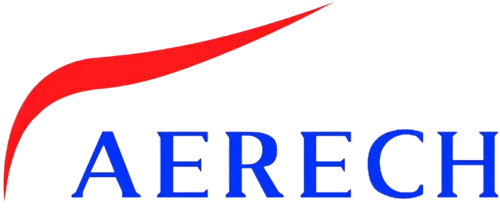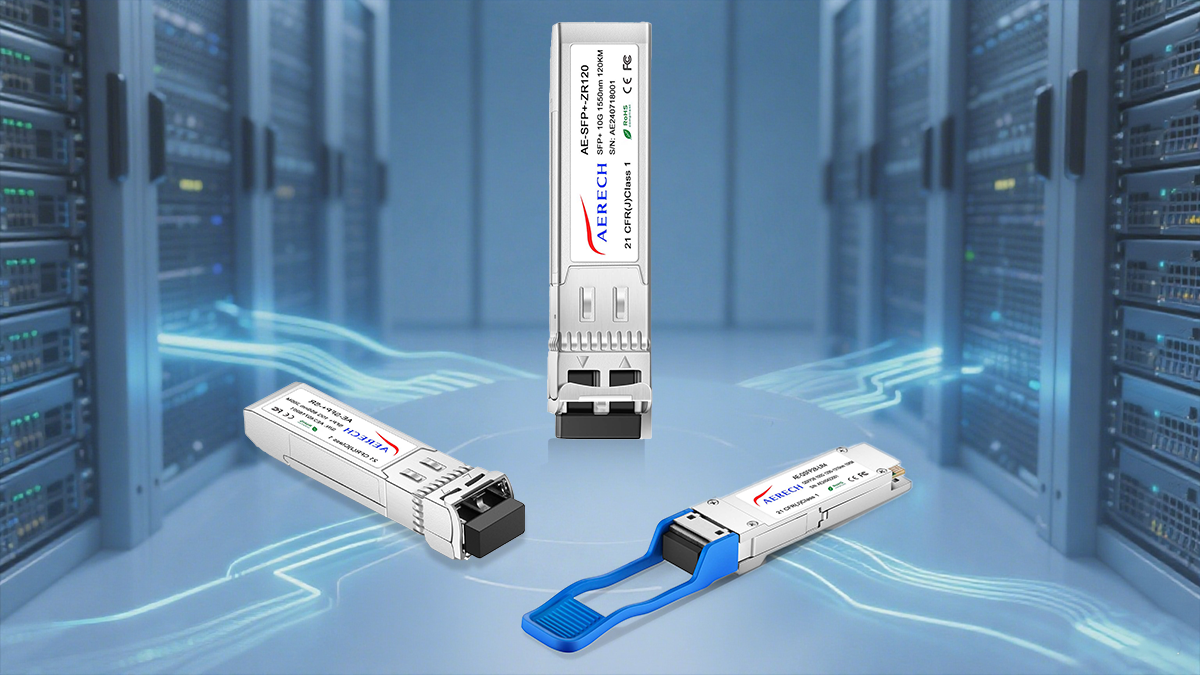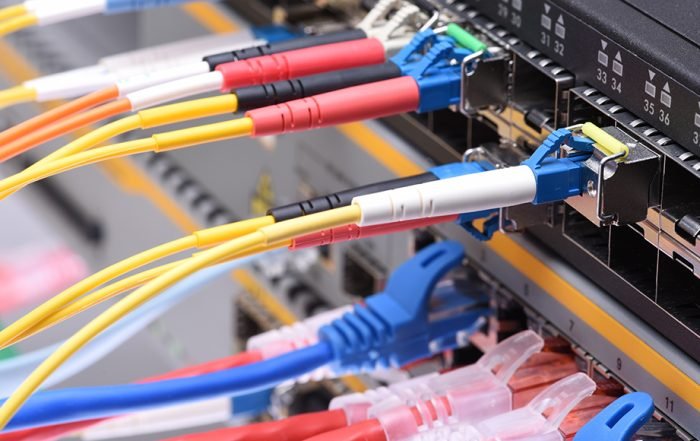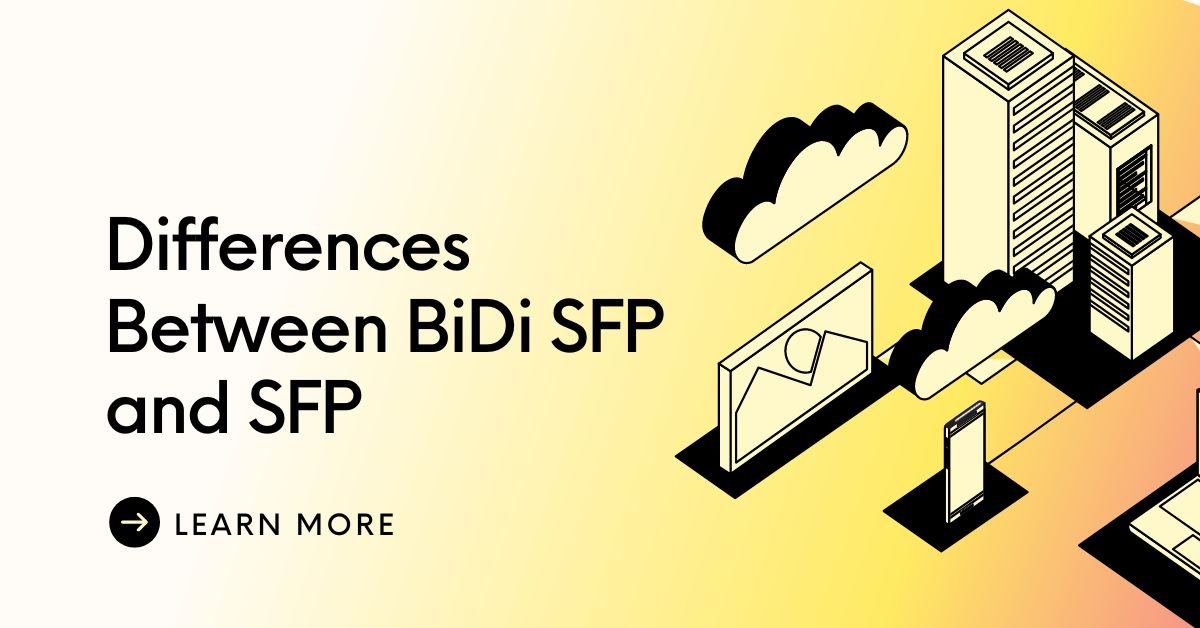Insights and Innovations in Optical Networking: Exploring the World of AERECH
Take you to know the latest developments in the industry and pay attention to new trends
Blog
Why Working with a Trusted Optical Transceiver Supplier Lowers Your Network Deployment Costs
Deploying or upgrading network infrastructure is expensive and complex. While many factors drive cost — fiber plant, switches, labor — the choice of optical modules (SFP, SFP+, SFP28, QSFP28, etc.) is one of the most impactful decisions you can make early on. Working with a trusted optical transceiver supplier reduces both one-time capital expenditures and ongoing operational costs. This article explains how and why, lists the cost-saving levers, and gives practical buying guidance for IT managers, data center operators, ISPs, and system integrators.Aerech Networks is a B2B supplier of compatible optical transceivers and DAC/AOC solutions focused on helping enterprises and…
Optical Module Temperature Grade: Commercial, Extended, and Industrial Explained
Introduction When deploying fiber optic networks, one of the most overlooked yet critical factors is the optical module temperature grade. Whether you are selecting SFP transceivers, QSFP modules, or other optical components, the ability of your transceiver to withstand temperature fluctuations can determine the reliability, performance, and longevity of your entire system.In this article, we’ll break down the different temperature grades for optical modules — Commercial Grade, Extended Grade, and Industrial Grade. We’ll also cover their applications, benefits, and how to choose the right grade for your network environment. What Is Optical Module Temperature Grade? An optical module temperature grade…
Overcoming Challenges and Advantages of 100G Optical Module Solutions for Metro Networks
Explore the complexities of upgrading bandwidth to 100G in existing metro networks and learn how 100G optical module solutions address challenges like environmental conditions, transmission margins, and compatibility. Discover the strong adaptability, improved transmission performance, and compatibility assurance that these solutions offer.
Understanding Data Center Interconnect (DCI): Key Infrastructure for Global Cloud Growth
Explore the concept of Data Center Interconnect (DCI) and its crucial role in connecting data centers worldwide. Learn how Aerech’s DCI solutions stand out with high performance, low power consumption, and simplified connections, driving the growth of the global cloud ecosystem.
How to Choose The Right Optical Transceivers
How to Choose The Right Optical Transceivers? Optical modules are the core accessories of optic fiber communication. Nowadays, there are varieties of optical modules on the market. What factors should we consider when purchasing optical modules? How can we choose a suitable optical module? This article will help. Form Factor and Data Rate Form FactorSFPSFP+, XFPSFP28QSFP+QSFP28QSFP-DD, OSFPData Rate155M, 1.25G, 2.5G, 6G10G25G40G100G400G When selecting an optical module, the equipment will specify the supported optical module’s form factor and data rate. Transmission distance The transmission distance of the optical module is divided into three types: Short DistanceMedium DistanceLong Distance≦ 2KM10KM-20KM≧ 30KM(40KM, 80KM,…
Optical Transceiver Test Process
Optical Transceiver Test Process After the optical module production, we will test it before shipment. Aerech has a complete testing process. All parameters must meet the requirements to ensure that the optical module will not have any quality problems. The following is the complete Optical Transceiver Test Process. Transmitted and Received Light Test The output optical power is an important parameter that can determine the transmission distance and quality of the optical module. Too high or too low is not good. The receiving sensitivity will influence the sensitivity of the optical module to receive light. Generally, the higher the optical module’s data rate, the lower…
Application Scenarios of Optical transceivers
With the development of 5G, big data, Internet of Things, cloud computing and artificial intelligence, the data traffic is growing rapidly, and the market prospect of optical communication is bright. The function of the optical module is photoelectric conversion. Optical transceivers are widely used in various industries. Aerech Networks will use this article to introduce you to the application scenarios of optical transceivers. Before introducing the application scenarios of optical transceivers, let me introduce you to the market segments of optical transceivers. The application of optical transceivers is mainly telecommunications and data centers. Data Centers A data center is a place to manage…
Differences Between BiDi SFP and SFP
What Is BiDi SFP Optical Transceiver BiDi SFP uses WDM (Multiplexing divisi panjang gelombang) Bi-Directional transmission technology to send and receive different central wavelengths in two directions, and realize simultaneous Bi-Directional data transmission on one optical fiber. The BiDi SFP has only one LC interface, which transmits and receives optical signals on one optical fiber through an integrated bidirectional coupler. Therefore, we use single-fiber BiDi SFP optical modules in pairs. Catatan: The description including Bi-Directional, BiDi, single fiber, single core, WDM, BX-U, BX-D, dll.. refers to BiDi SFP optical transceivers. How Does BiDi SFP Optical Transceiver Work The main difference between the…








